Some destinations transport visitors into scenes that feel distinctly cinematic, as though one has stepped through the screen into worlds previously glimpsed only through celluloid. These places maintain particular visual qualities—muted color palettes, distinctive lighting, and atmospheric textures—that evoke classic film aesthetics regardless of season or weather.
Here is a list of 15 destinations where reality closely resembles vintage cinematography, offering travelers immersive experiences in landscapes that feel delightfully suspended in time.
Budapest’s Thermal Baths
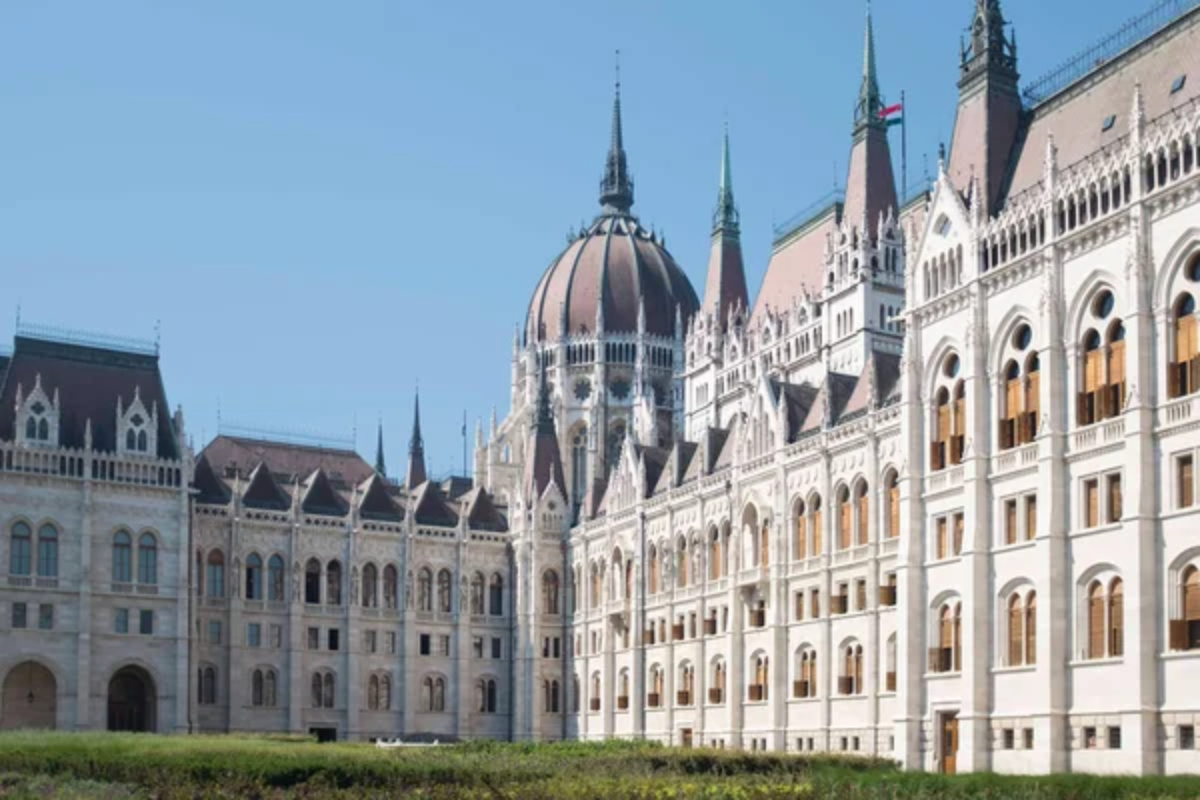
The Hungarian capital’s historic bathhouses create scenes straight from European art films with their faded grandeur and steam-diffused light. Neo-baroque and Art Nouveau structures housing Gellért and Széchenyi baths feature weathered tiles in seafoam greens and pale blues that appear desaturated even in direct sunlight.
Mist rising from thermal waters creates natural soft focus effects as it catches morning light streaming through ornate skylights. The ritualistic movements of elderly locals performing water exercises add unscripted performance elements that documentary filmmakers would cherish for their authenticity.
Havana’s Malecón at Dusk
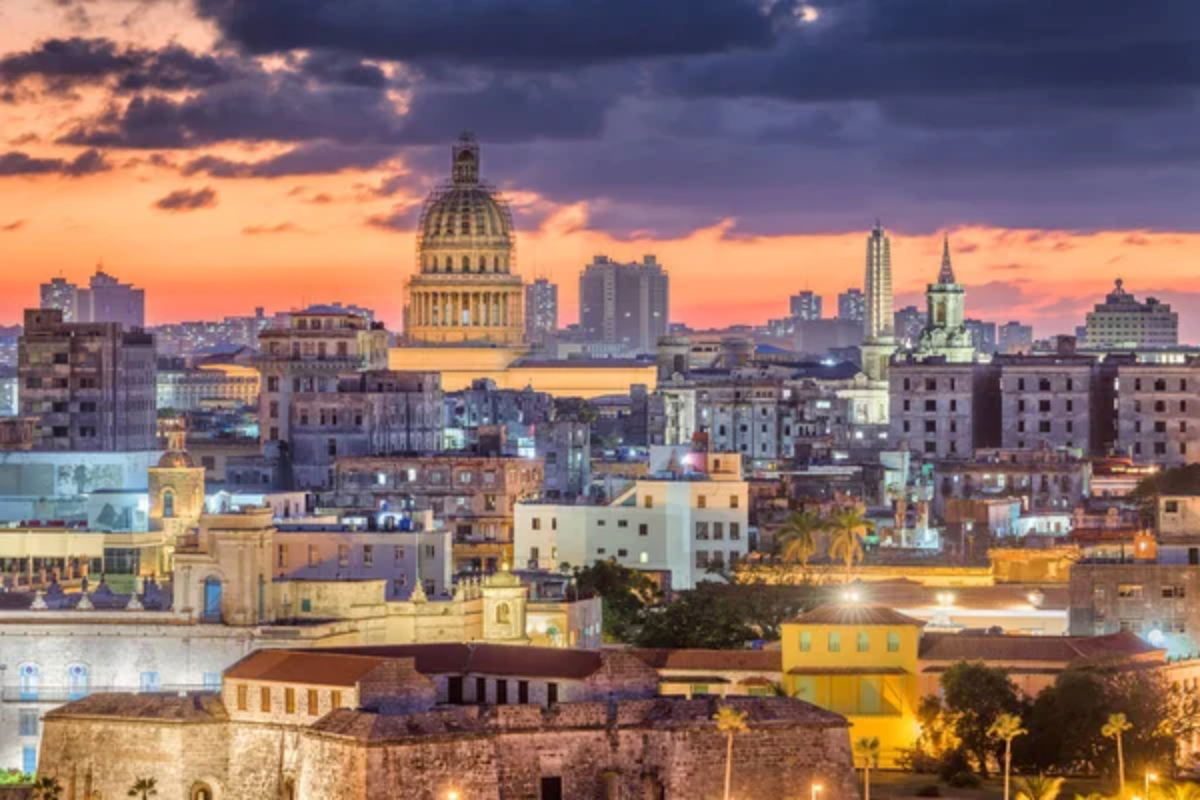
The famous seawall promenade transforms during the late afternoon when golden Caribbean light strikes weathered pastel facades across the boulevard. Classic American cars from the 1950s cruise the stretch in faded turquoise, salmon pink, and canary yellow—colors that appear not as restorations but as naturally aged patinas developed over decades.
The constant sea spray has gradually eroded building surfaces along the route, creating textural qualities impossible to replicate through artificial aging techniques. When fishermen cast lines from the seawall while families stroll past, the scene achieves a perfect compositional balance between movement and stillness
Like Travel Pug’s content? Follow us on MSN.
Valparaíso’s Hillside Neighborhoods
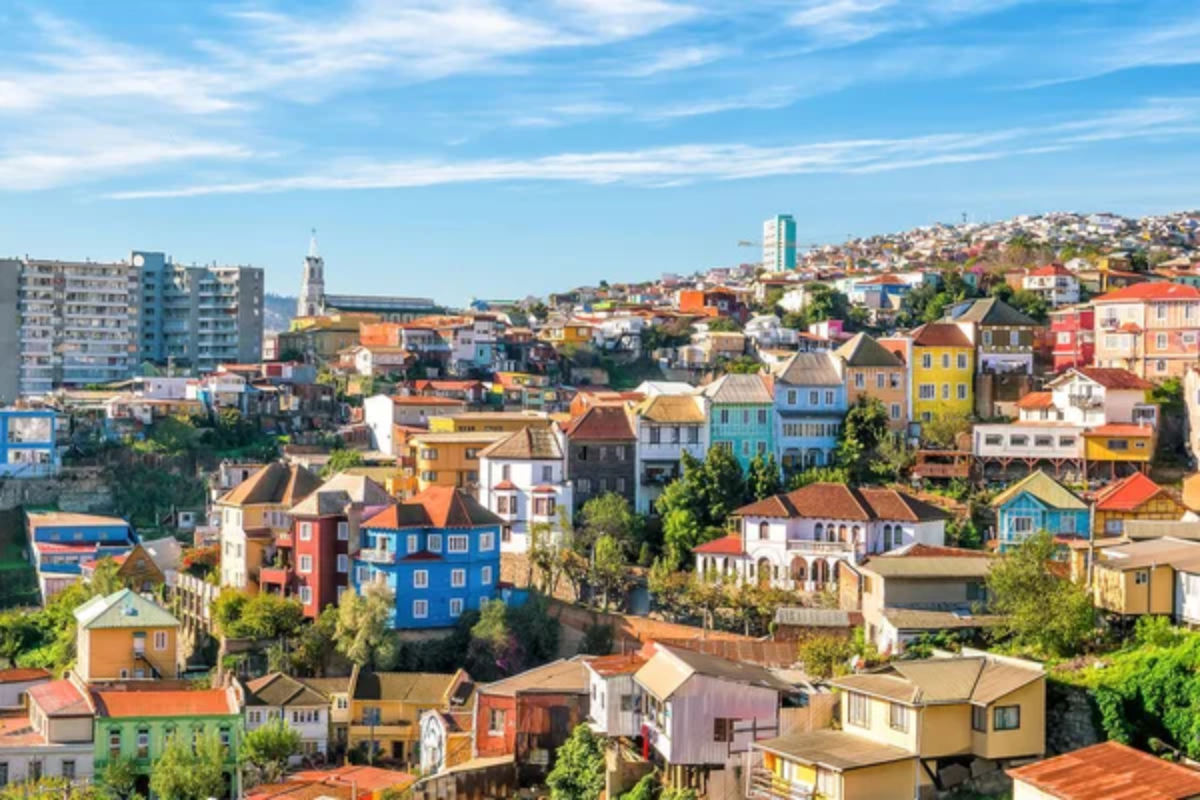
The Chilean port city spreads across steep hills where buildings in weather-faded primary colors stack like film frames above the harbor. Funiculars dating from the early 1900s transport passengers up precipitous slopes, their wooden carriages creaking rhythmically like mechanical cameras advancing film.
Staircases zigzag between houses, creating forced perspective effects similar to German Expressionist set designs. Sea fog regularly rolls through these vertical neighborhoods, diffusing sunlight into the soft glow cinematographers spend careers trying to capture artificially.
Kolkata’s North Suburban Railways

The Indian metropolitan railway creates perfectly framed vignettes as wooden-seated cars rumble past colonial buildings and marketplace scenes. Warm dusty light filters through aging carriage windows, naturally applying sepia tones to everyday tableaux visible along the route.
The wooden seats and overhead fans in older compartments have maintained an aesthetic unchanged since the 1950s, creating period-perfect transport without deliberate stylization. When afternoon light strikes passengers’ faces through slatted window coverings, the resulting chiaroscuro effect recalls classic Indian art cinema from directors like Satyajit Ray.
Cairo’s Khan el-Khalili Bazaar
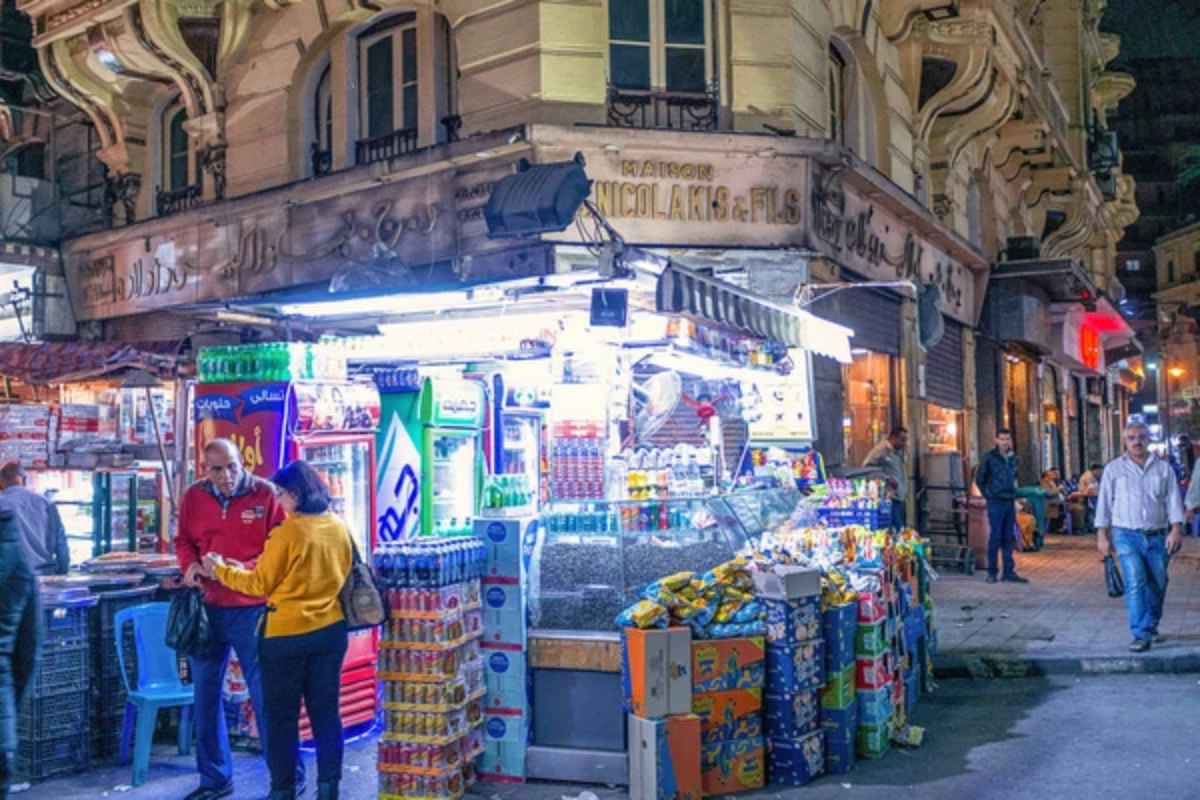
The medieval market’s narrow passages create natural spotlighting effects as sunbeams penetrate intermittently through overhead latticework. Brass merchants polish their wares with techniques unchanged for centuries, creating spontaneous practical lighting effects as metal surfaces catch and reflect ambient light.
The market’s old coffeehouse, El Fishawi, maintains an interior patina developed through centuries of hookah smoke absorbed into wooden surfaces. When elderly shopkeepers sit beside their diminutive stalls, compositions naturally form that echo hand-tinted travel films from the early twentieth century.
Like Travel Pug’s content? Follow us on MSN.
Istanbul’s Ferries Crossing the Bosporus
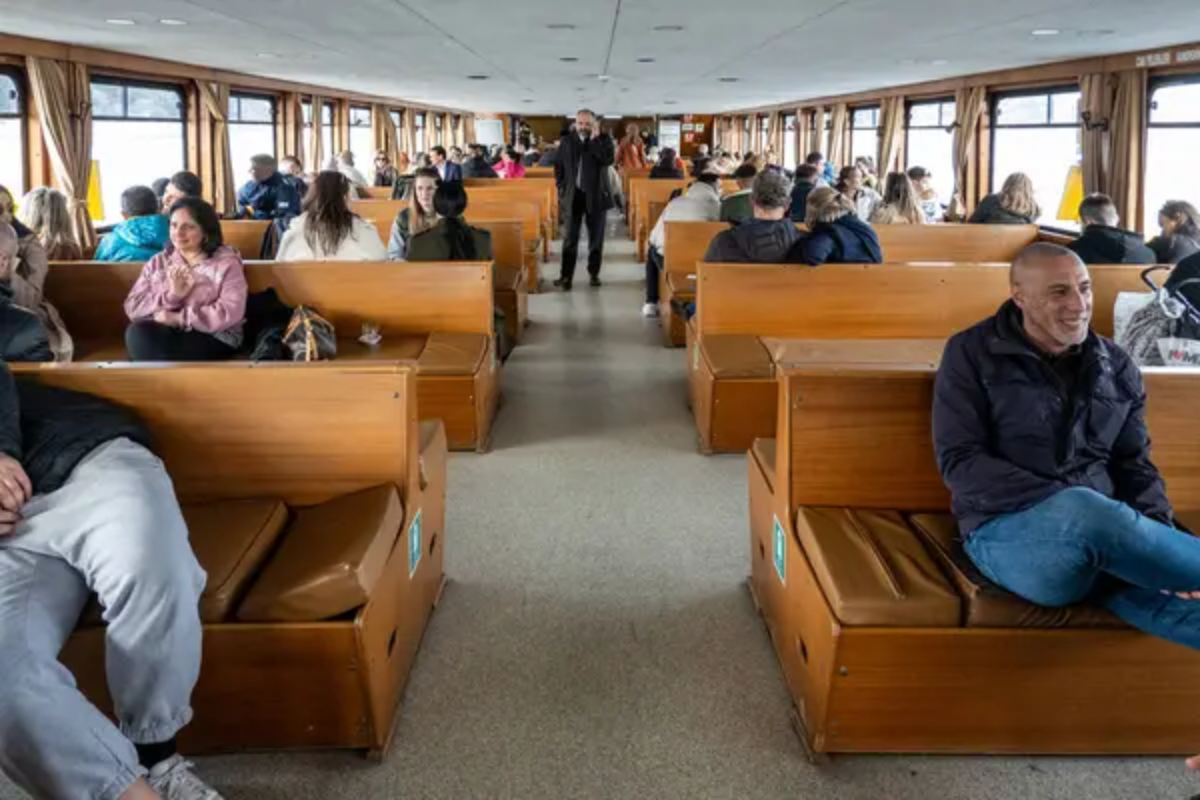
The passenger vessels connecting European and Asian shores maintain mid-century aesthetics through weathered wooden benches and salt-worn brass fixtures. Seaspray frequently mists windows, creating diffused viewing conditions similar to early cinematography’s soft focus techniques.
The crossing captures perfectly balanced compositions as minarets and domes recede into layered silhouettes against morning or evening skies. Tea servers weaving between passengers with traditional trays add kinetic elements to otherwise contemplative scenes, creating a visual counterpoint between movement and stillness.
Prague’s Lesser Town in Fog
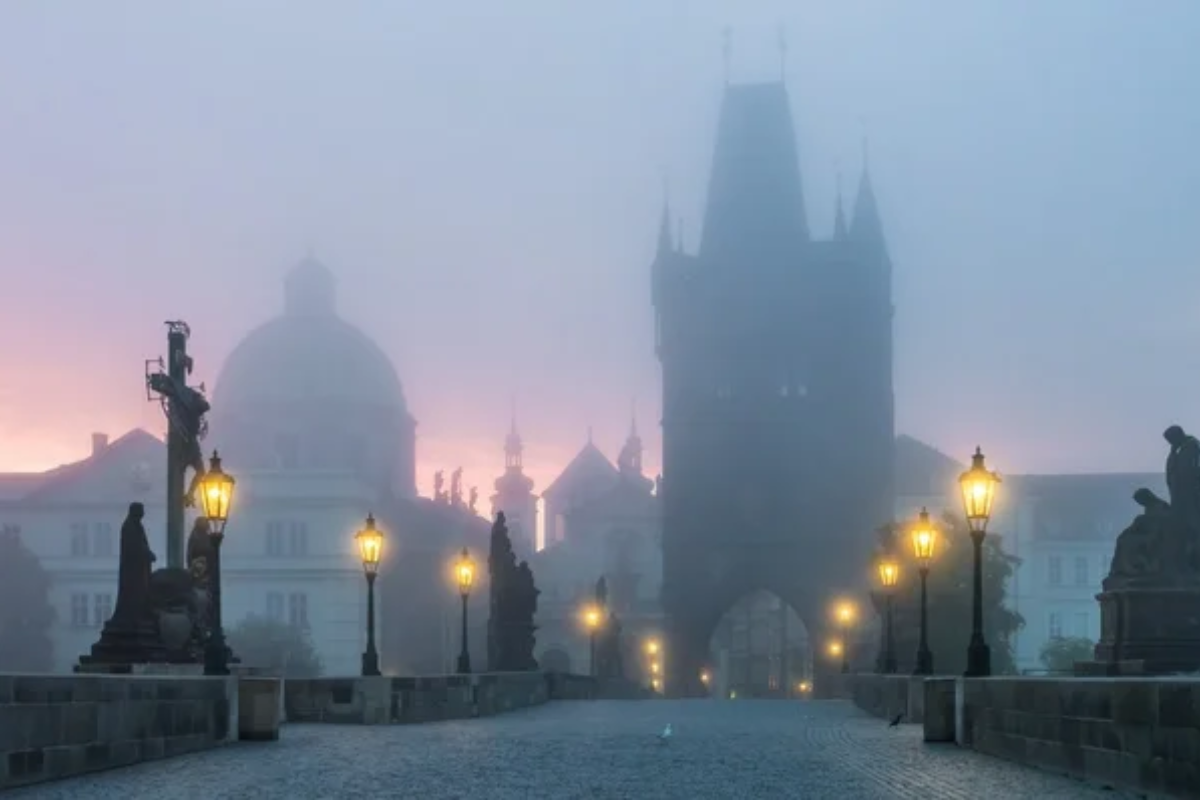
The Czech capital’s Malá Strana district transforms completely when autumn fog settles between baroque buildings and along the Vltava River. Gaslight-style street lamps create haloed light sources within the mist, producing natural bokeh effects photographers struggle to achieve artificially.
Cobblestone streets develop sheen from light precipitation, reflecting architectural elements and pedestrians as impressionistic mirror images. When figures emerge from fog banks on Charles Bridge, their gradual materialization creates depth-of-field transitions typically requiring specialized camera equipment.
Kyoto’s Gion District at Dusk
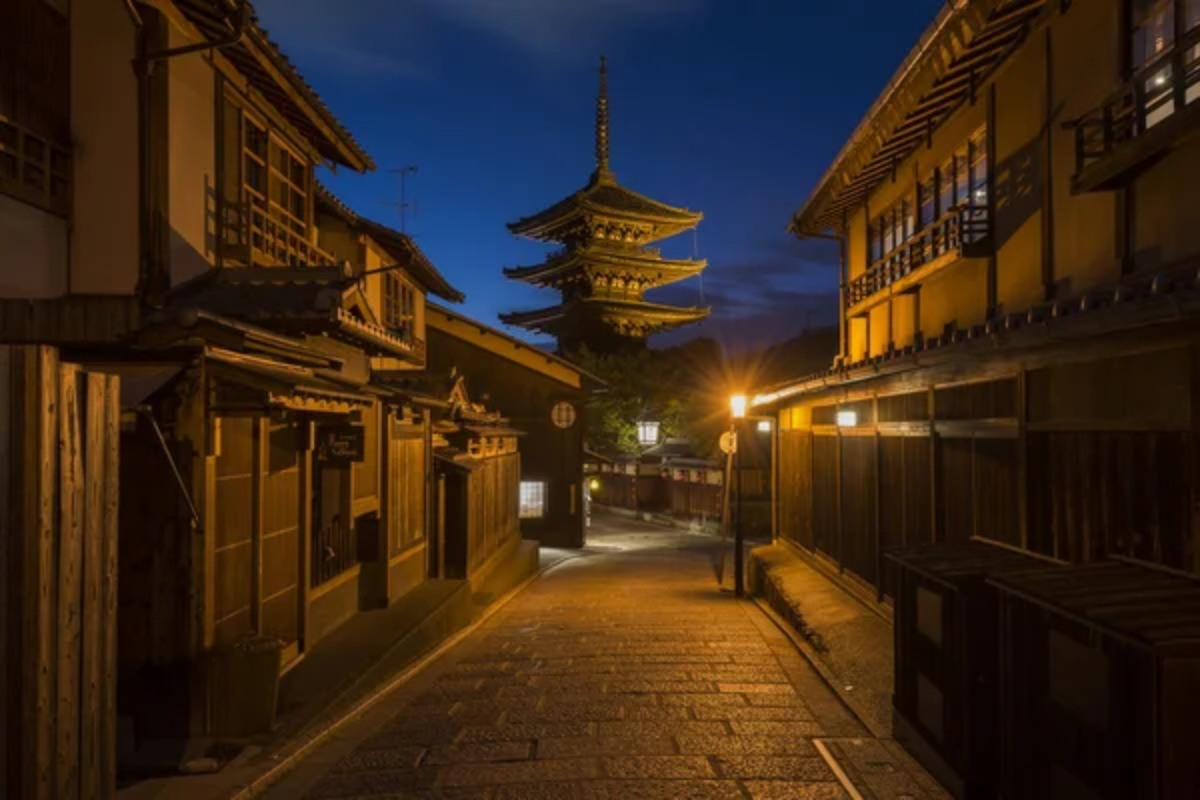
The preserved geisha quarter maintains visual coherence through traditional wooden architecture and subdued external lighting that creates natural vignetting along narrow lanes. Lanterns outside ochaya teahouses provide warm, localized illumination against deepening blue evening light, creating color contrasts straight from Ozu or Kurosawa films.
Maiko apprentices occasionally glimpsed moving between appointments add fleeting human elements that documentary filmmakers might wait days to capture. The district’s deliberate lack of visible modern infrastructure maintains period integrity rare in contemporary urban environments.
Like Travel Pug’s content? Follow us on MSN.
Sicily’s Aeolian Islands

This volcanic archipelago north of Sicily maintains visual aesthetics virtually unchanged since Italian neorealist films used the locations for their natural cinematic qualities. Whitewashed buildings with faded blue trim stand against black volcanic soil and deep Mediterranean waters, creating high-contrast scenes without digital enhancement.
The islands’ isolation has preserved rhythms of fishing village life that continue to unfold with cinematic naturalness—laundry hanging between buildings, elderly women in black observing daily activities from doorways, fishermen mending nets along harbors.
New Orleans’ Streetcar Lines
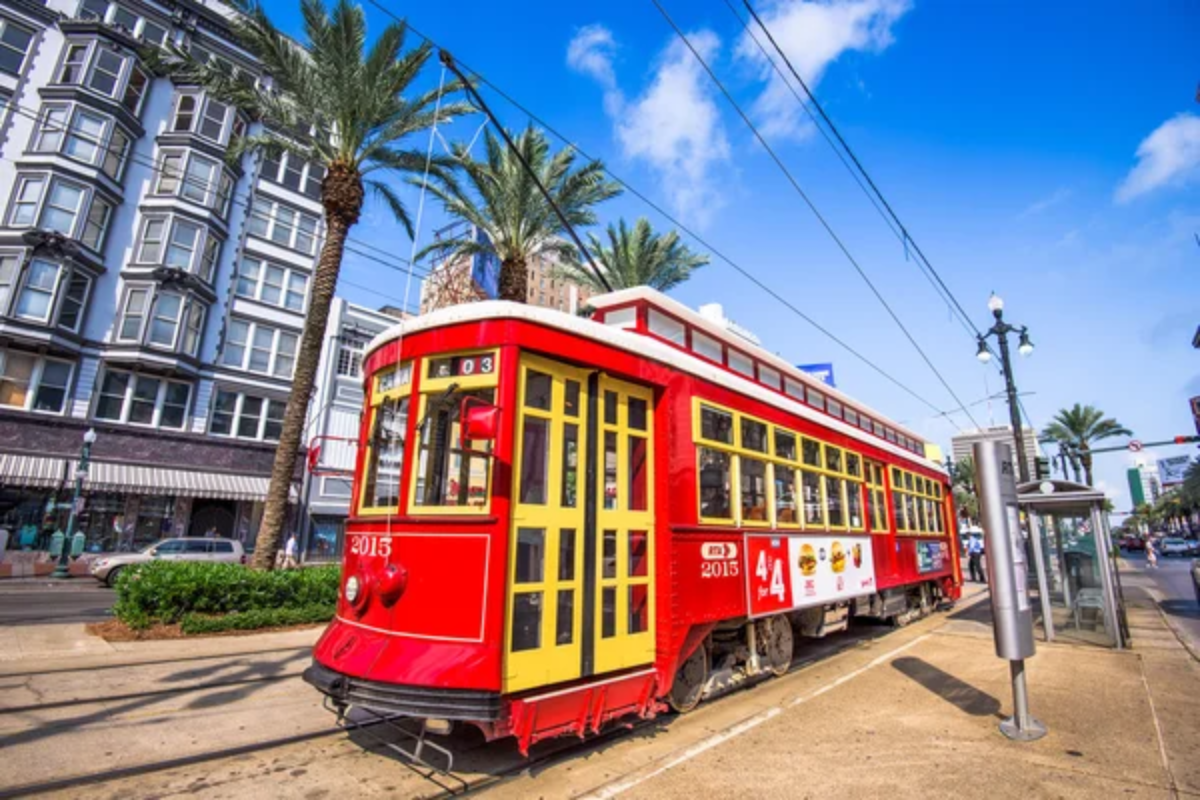
The St. Charles Avenue line maintains vintage transport aesthetics through mahogany seats polished by generations of passengers and brass fittings dulled to perfect patina. Open windows allow dappled light to play across interiors as the cars pass beneath live oak canopies, creating natural light effects cinematographers meticulously engineer on soundstages.
The mechanical sounds—bell clangs, wheel-rail interactions, motor hums—compile into an atmospheric soundtrack without the need for post-production enhancement. When rain streams down windows as the streetcar moves through the Garden District, the resulting visual texture echoes French New Wave cinematography.
Penang’s Georgetown District
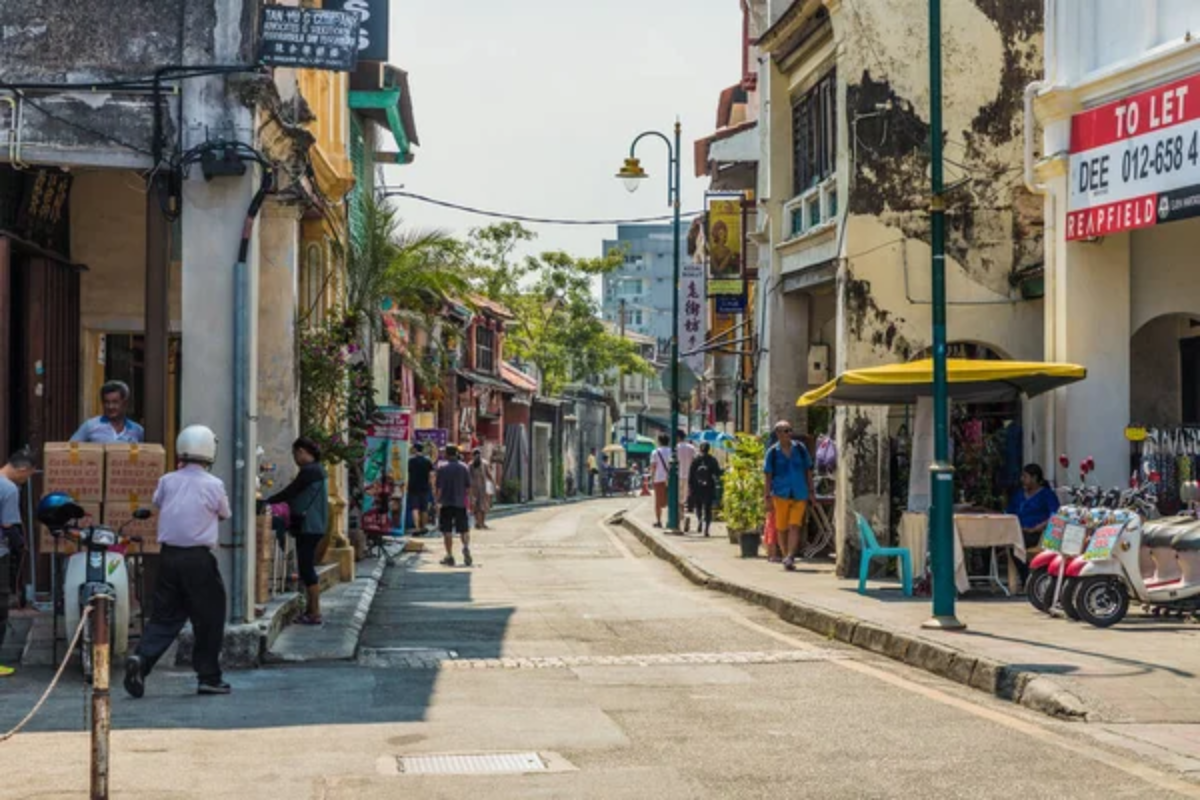
Malaysia’s colonial-era trading port preserves architectural elements spanning centuries without artificial restoration or deliberate aging. Peranakan shophouses feature weathered facades in pale blues, pinks, and greens that appear perfectly color-graded for period dramas.
Morning light angles through narrow streets to create directional illumination similar to classic studio lighting techniques. Traditional trades conducted in open-fronted workshops—incense making, rattan weaving, tin smithing—unfold as living vignettes framed by architectural elements that naturally direct visual attention.
Like Travel Pug’s content? Follow us on MSN.
Tbilisi’s Old Bath District
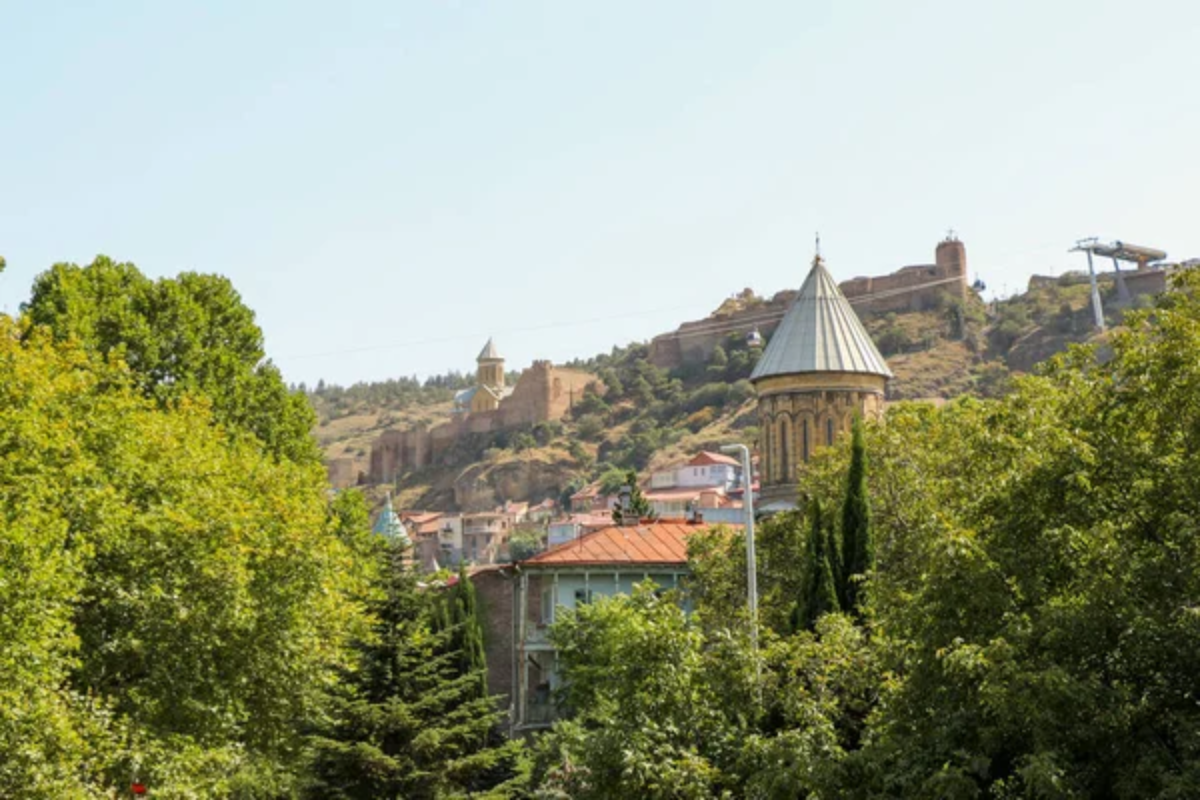
The Georgian capital’s ancient sulfur bath neighborhood features distinctive brick domes emerging from hillsides where steam rises continuously through natural thermal activity. The district’s weathered structures in earth tones appear through a perpetual light haze, creating atmospheric depth cinematographers typically achieve through carefully placed atmospheric elements.
Buildings constructed during different historical periods stand in unplanned juxtaposition, creating a visual timeline similar to films depicting the passage of centuries. When residents traverse the area’s worn stone steps carrying traditional bath implements, they complete scenes that documentary filmmakers would consider perfectly composed found footage.
Mexico City’s Centro Histórico in Rain

The historic center transforms during rainfall as wet cobblestones reflect neon signs and colonial architecture in luminous pools that create natural practical lighting effects. Pedestrians navigating narrow streets beneath umbrellas generate kinetic visual punctuation against static architectural backgrounds.
The district’s layered history becomes visually apparent as centuries-old stone buildings stand alongside Art Deco and modernist structures, creating visual timeline compression similar to montage techniques. When rain ceases and evening light strikes moisture-saturated surfaces, the resulting luminosity achieves qualities sought by cinematographers using specialized lens filters.
Vienna’s Prater at Twilight
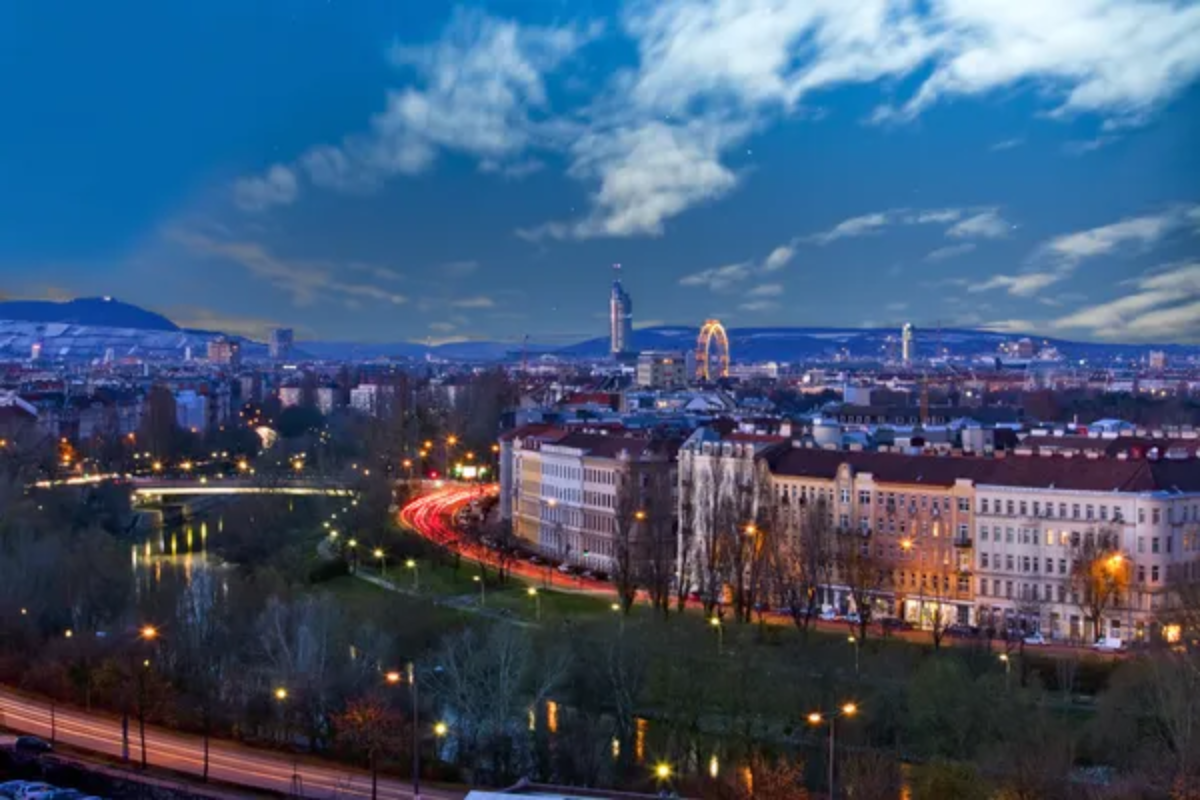
The historic amusement park maintains early twentieth-century aesthetics through deliberately preserved attractions and lighting schemes unchanged for generations. The famous Ferris wheel creates a perfect framing device as passengers view the city through window divisions that segment landscapes like film frames.
Carnival lighting produces color palettes reminiscent of early Technicolor processes, with saturated reds and greens that appear slightly unnatural yet nostalgically familiar. When the mist rises from the nearby Danube during evening operations, the diffused illumination creates an atmosphere impossible to distinguish from carefully lit movie sets.
Like Travel Pug’s content? Follow us on MSN.
Lisbon’s Tram 28 Route
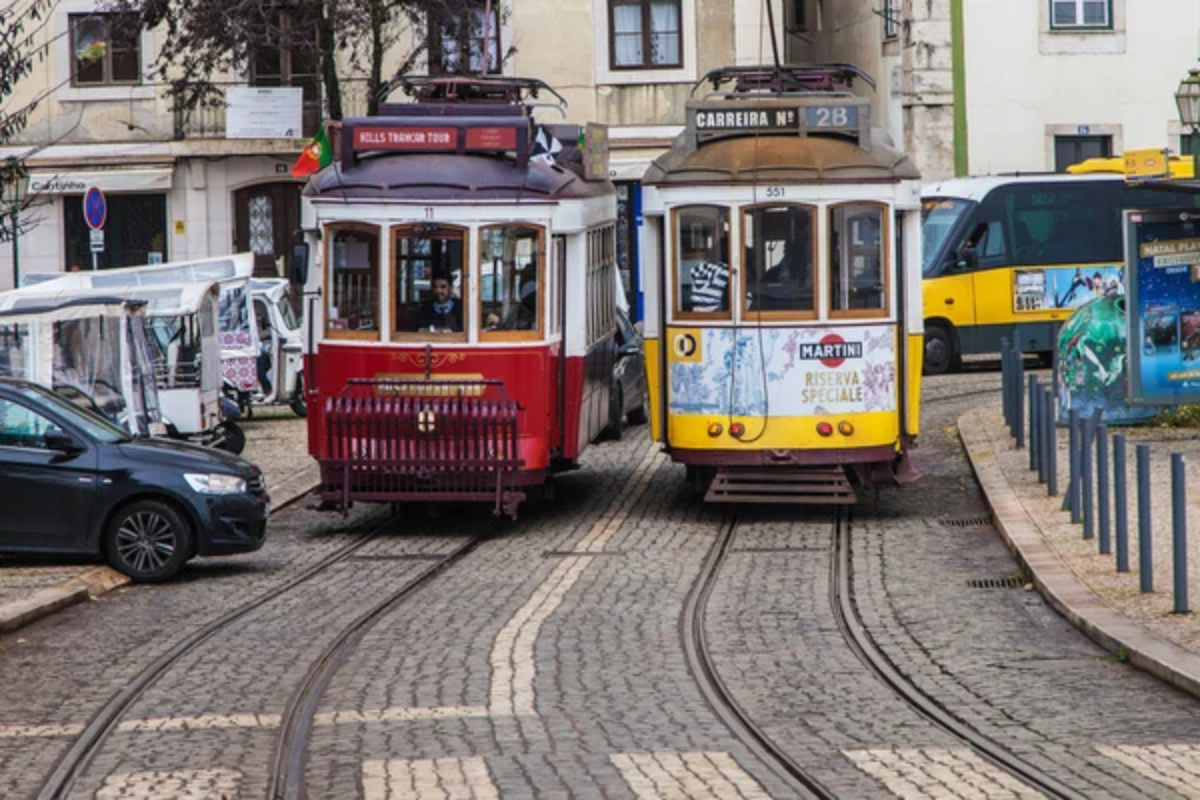
The historic yellow streetcars navigate impossibly narrow passages where buildings nearly touch across the track, creating natural widescreen compositions with perfect depth layering. Passengers glimpsed through windows as trams climb Alfama’s steep inclines appear as perfectly framed portraits capturing cross-sections of local life.
The vehicles themselves maintain mid-century mechanical aesthetics through manual controls and weathered wooden interiors polished by decades of use. When afternoon light angles through hilly streets, the resulting shadows and illuminated sections create chiaroscuro effects that cinematographers meticulously engineer on controlled sets.
The Cinematic Reality

These destinations demonstrate how certain places naturally possess visual qualities that film artificially recreates through specialized equipment, lighting techniques, and post-production processes. Their cinematic quality emerges not through deliberate styling but through authentic aging processes, natural light conditions, and human activities that continue without self-consciousness.
The vintage film experience these locations provide involves stimulation beyond merely visual—sounds, scents, tactile experiences, and atmospheric conditions combine to create immersive environments that engage all senses rather than just sight. Perhaps most importantly, these places offer participation rather than observation, allowing travelers to step inside frames otherwise experienced only through projection, becoming active figures within scenes rather than passive audience members.
More from Travel Pug

- 20 Towns Built for One Purpose That Were Later Abandoned
- 15 Hidden Spots in Disney World’s Magic Kingdom Most Visitors Miss
- 20 Once-Popular Beach Towns That Are Now Ghostly Empty
- 15 Canyons in the U.S. That Are Just as Stunning as the Grand Canyon
- 10 Under-the-Radar Mountain Towns That Are Both Affordable and Beautiful
Like Travel Pug’s content? Follow us on MSN.
